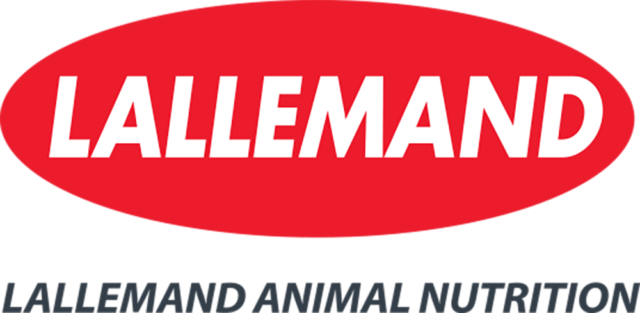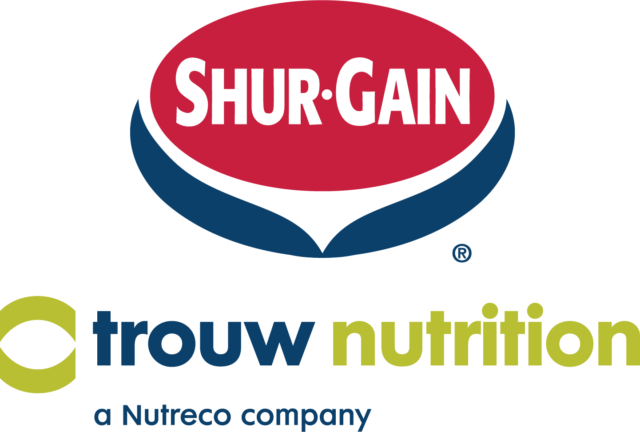As of Feb. 1, the Nova Scotia, New Brunswick and Ontario dairy boards have announced a change in the solids-nonfat-to-butterfat ratio (SNF-BF), decreasing the maximum eligible payment from 2.25 to 2.20. To fully understand what this entails, let’s break down what this ratio means. Milk consists of 87% water; the remaining 13% consists of solids including butterfat, protein, lactose and minerals. The SNF-BF ratio would then be the percent of protein, lactose and minerals divided by the percent of butterfat. Therefore, one of the most attainable ways to reduce this ratio is to increase the percent of butterfat. The secret to achieving this might just be sweeter than you think with sugar supplementation.
Fibre digestion and rumen pH
One main way to improve butterfat percentage is to increase fibre digestion. Fibre digestion in the rumen produces key volatile fatty acids (butyrate and acetate) essential for synthesizing butterfat in the mammary gland. Forage intake is crucial to supporting fibre digestion and increasing acetate and butyrate levels in the rumen. Therefore, promoting fibre digestion is key to maintaining and increasing butterfat. Fibre digestion is also essential for rumen health and stability. Low rumen pH, associated with feeding high-starch feeds, reduces neutral detergent fibre (NDF) digestibility by limiting the capacity of rumen microbes to produce butyrate and acetate, leading to milkfat depression. Having a healthy and stable rumen is essential for achieving a higher percent of butterfat.
Promoting fibre digestion
So how do we encourage more fibre digestion? Feeding more fibre increases the risk of gut fill, so what else can we do? Simple: sugar supplementation. Sugar supplementation, often in liquid form or through molasses supplementation, is highly palatable and its sticky texture helps adhere smaller particles to longer particles and thereby reduces unwanted feed sorting behaviours, which promotes consumption of a more balanced ration.
Research from the University of Guelph found that when cows were supplemented with liquid molasses, they sorted less against the longer forage (fibre-containing) portions of the diet compared to the control group. Therefore, cows supplemented with molasses likely consumed more forages than the control group, which increased their fibre intake and subsequently increased their butterfat yield.
Furthermore, research from McGill University found that sugar supplementation greatly increased butyrate concentration in the rumen when fed diets containing 7% to 10% total sugar. These results demonstrate the ability of sugar to promote fibre digestion and subsequent milkfat synthesis.
The benefits of sugar supplementation on butterfat are further supported by research from the University of Alberta, where it was found that replacing 5% of dietary starch dry matter (DM) with liquid sugar increased milkfat percentage compared to the control group that received no sugar supplementation. Therefore, supplementation of sugar supports fibre-digesting bacteria, and butyrate production in the rumen, leading to increases in butterfat.
Promoting rumen stability
Sugar is rapidly fermented in the rumen and, as such, rumen pH is expected to be lower for diets containing sugar, even compared to high-starch diets. However, this is not the case. In fact, research from Kansas State University found the opposite. When cows in a state of milkfat depression were supplemented with molasses (about 55% sugar on a DM basis) in replacement to 5% of DM from cracked corn, rumen pH and subsequent milkfat percentage increased. Additionally, research from the University of Guelph found that supplementing liquid molasses to dairy cows three weeks prior to calving improved rumen pH and stability at the time of calving and continued through two weeks postpartum.
While the exact mechanisms of how sugar supplementation relates to rumen pH is not well understood, research supports the hypothesis that cows are naturally adapted to high-sugar diets, as sugars are water-soluble carbohydrates that can be rapidly fermented and absorbed through the rumen wall without causing risks of acidosis. Compared to feeding high-starch diets, sugar supplementation has no known negative impact on rumen pH, making it a more desirable option when it comes to supplementation.
Improving butterfat will lower SNF-BF ratio
By supplementing sugar to your herd, you can encourage healthy feeding behaviours that promote forage/fibre intake, improve rumen stability and fibre-digesting bacteria that produce essential volatile fatty acids needed for butterfat production. Increased butterfat percentages are just one of many benefits of supplementing sugar to dairy cows. Overall, these strategies should easily allow you to reduce your SNF-BF ratio by 0.05 to the new threshold of 2.20. Sugar supplementation is the simple and sweetest option for achieving this new ratio.








